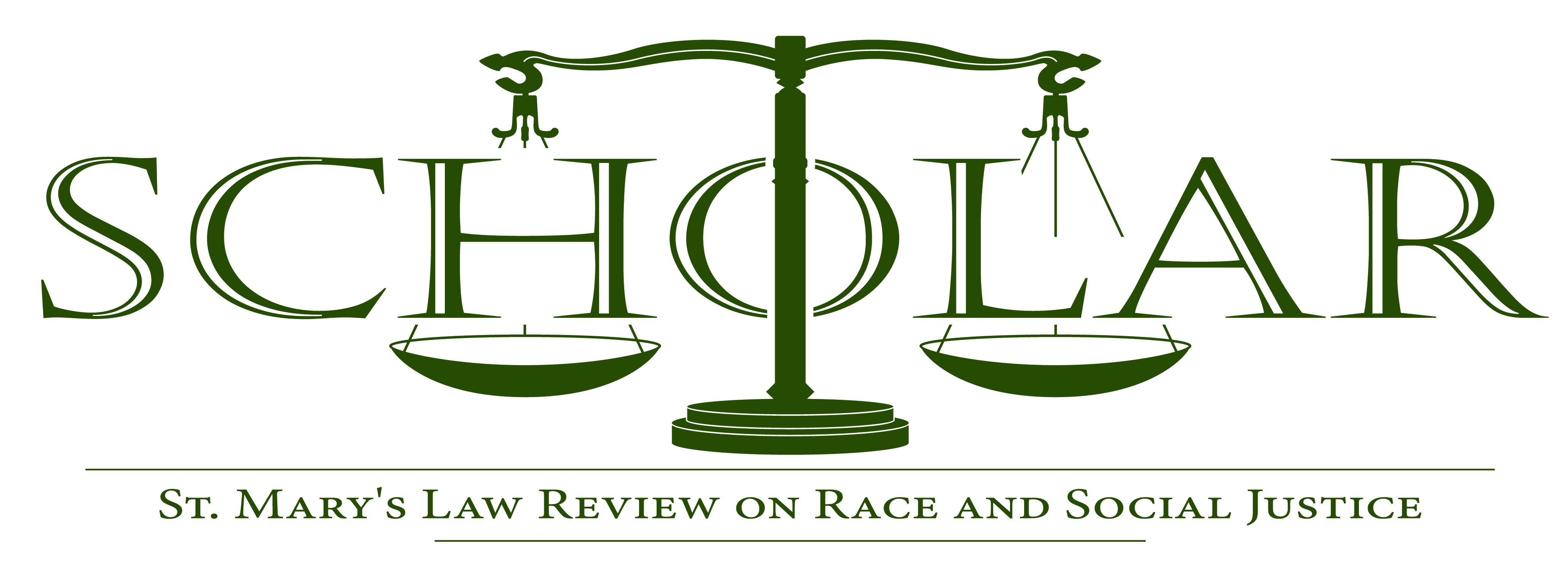
Abstract
This Comment addresses the legal structures which need to be supported in order to ensure substantial gender equality after allied forces withdraw from Afghanistan. After 2013, justice for abused women in Afghanistan stalled. Research suggests women’s rights and peace in Afghanistan are directly related. The presence of the Taliban and their restrictive rules has many Afghan women fearing for their lives and for the loss of decades of progress in the women’s rights movement. Leaders in Afghanistan must acquire a more liberal interpretation of Sharia law, while staying within the boundaries of the religious and ethnic traditions of the culture. Studies claim Afghanistan is among the most dangerous places in the world to be a woman. The fall of the Taliban left a difficult reconstruction process within which many advocates have struggled to include women’s rights. Many religious leaders are unsupportive of the movement because they claim it imposes human limits on Divine law. There have been numerous efforts to improve the Afghan rule of law for women. So far, minor changes have occurred, such as women comprising a small percentage of Afghanistan’s governing bodies. However, even when women participate in local or national politics, national sentiments frequently undermine their meaningful participation. Even in the aftermath of Taliban rule, new laws appear to be eerily similar to the previous oppressive systems in Afghanistan. Education for all is key to reforming outdated ideals of women’s rights. The current president of Afghanistan seems less likely to make women’s rights a top priority. The U.S. and other allies need to offer funding and support while standing with Afghan women.
Recommended Citation
Meredith B. English,
A Decade's Legacy: Dashed Hopes for Gender Equality and the Status of Afghan Women in Light of the Ensuing Drawdown.,
16
The Scholar
(2014).
Available at:
https://commons.stmarytx.edu/thescholar/vol16/iss4/4
Volume Number
16
Issue Number
4
Publisher
St. Mary's University School of Law
ISSN
1537-405X

